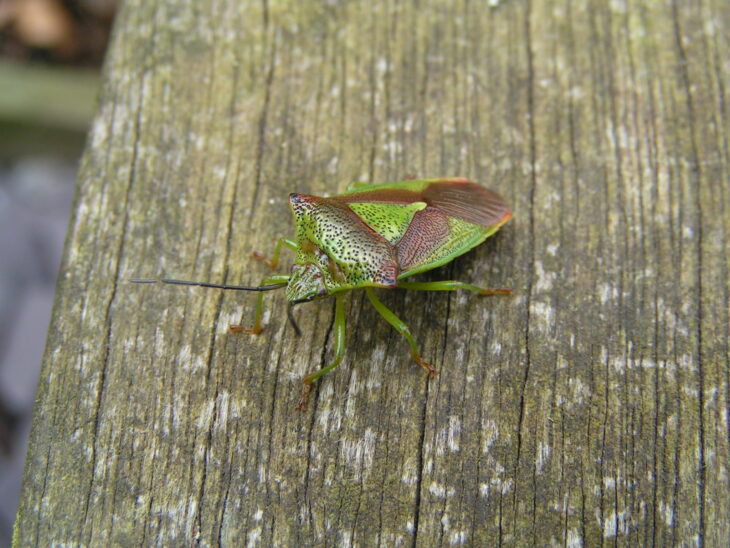Insects and other minibeasts are everywhere yet often overlooked, but they play vital roles in almost every ecosystem. From arachnids (spiders) to insects (beetles and bugs) to molluscs (snails and slugs), there are lots of tiny creatures taking up resident in our gardens, parks, ponds, woodlands and more!
A great way to find out which species are in your garden or school grounds is to carry out a survey by using a tumble or “pitfall” trap. Scientists use pitfall traps for insect surveying. This method helps them gather important data which can then help them protect the habitat and invertebrate species that live there.
By setting one of these in your garden, you can start to get an idea of the diversity and abundance of invertebrate species – those that move along the ground at least!
Below you can find out how to make and set up your own tumble trap.

What you will need:
- An empty, old yoghurt pot, tub or jar
- A piece of wood or old slate/tile
- Bait – such as cheese, bacon rind, bread or fruit
- A trowel
How to make and use your tumble trap:
Note this activity requires you to leave the tumble trap for an hour or so. Make sure you have a safe space to leave it, and some activities to keep you busy in the meantime!
- Dig a small hole and place the tub in the hole so that the rim is level with the ground. Fill any gaps around the edge with soil.
- Place the bait in the tub and prop up a piece of old wood or slate, using stones or twigs, so that it covers the tub. This will stop rain from getting in and harming anything that’s fallen into the trap.
- After an hour, return to check the trap and see what you have found. You could record in different ways, from identifying and tallying species found, to taking photos or by drawing what you find.
- Once you’ve finished recording, carefully release everything in the trap and pack it away.
Tell us what you saw using #DiscoverLearnPlay
